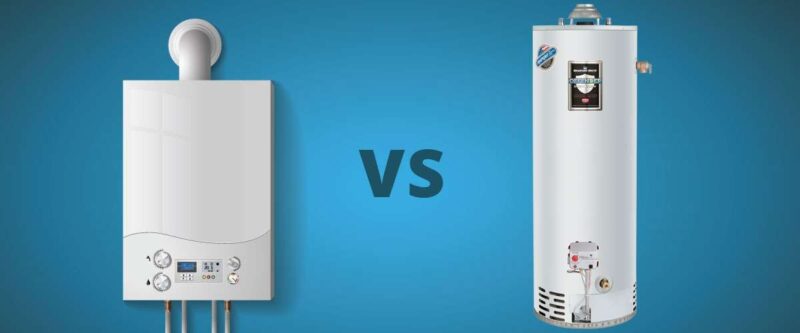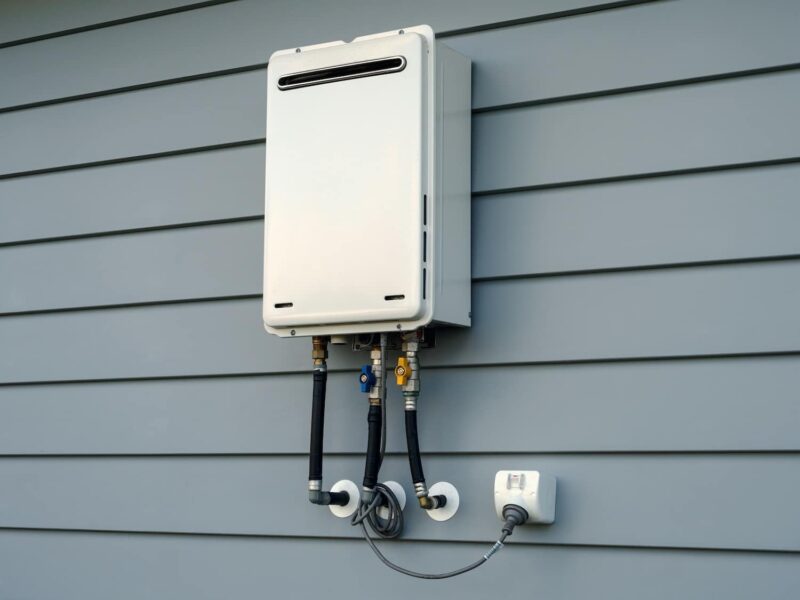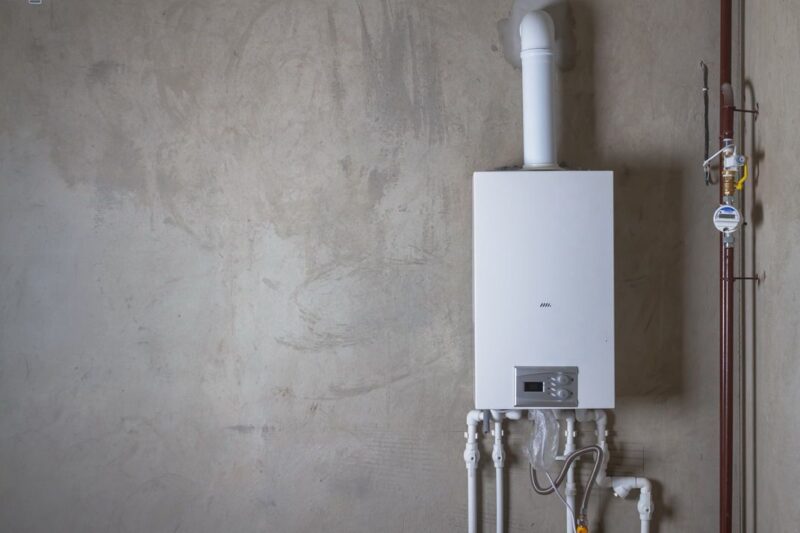Tankless water heaters have gained quite a following thanks to their efficient heat-on-demand design. But like just about everything else in the home improvement space, no two tankless water heaters are identical. You’ve got different brands, features, and price points to consider as a homeowner.
Before installing a tankless water heater, Utah-based Superior Water & Air recommends comparing as many brands and models as you can.
Superior services customers in the Washington and Salt Lake City regions of the state. Tankless water heater installation and repair are among their services.
Superior recommends learning all you can about tankless water heaters, how they work, what their capacity is, etc.
For many families, a tankless model is the way to go. But for others, a traditional water heater is a better option.
The Basic Concept

The tankless water heater’s basic concept is quite simple. The unit is a high-powered heater that quickly heats water as it flows through the system.
Water is heated on-demand rather than being heated and stored in a tank until it’s needed.
This on-demand model is considered more efficient because you’re not having to keep water hot throughout the day.
On-demand heating is demonstrably more efficient on a per-gallon basis. But the biggest challenge for tankless water heaters is capacity.
A tankless model simply might not be able to put out enough hot water when a family needs it most. This is why comparing models is so important.
Calculating Hot Water Demand
Tankless water heater capacity is the biggest concern for homeowners. So among all the different things they should look at, it all starts with calculating the family’s hot water demand.
Homeowners don’t need an exact calculation down to the gallon, but a fairly accurate ballpark figure is necessary.
During any home renovation involving plumbing upgrades, understanding hot water needs is crucial.
Homeowners need to know two things in this regard:
- Flow Rate – This is the peak gallons per minute (GPM) a family requires from all fixtures. This includes showers, faucets, and appliances
- Temperature Rise – This is a measurement of how much work a tankless water heater needs to do to get water from its incoming temperature to the desired output temperature.
There are plenty of online resources explaining how to figure these two things out.
A homeowner who doesn’t have the ability or resources can always bring in a plumbing contractor that specializes in tankless water heaters.
Other Things to Look At
Once a homeowner understands hot water demand, he can start comparing models based on output capacity and features.
You are the main things to look at:
1. Energy Source and Efficiency

Energy efficiency is an obvious concern. So is the fuel source. Tankless water heaters tend to be powered by electricity, natural gas, or propane.
Electric models tend to have a lower output. Gas models have a higher output but require proper venting.
2. Size and Installation
Size matters in that some homes are subject to space restrictions.
Tankless units are comparatively small, but they may need quite a bit of space if complex electrical or venting installation is required. And in terms of installation itself, it’s probably going to be more than the average homeowner can handle.
DIY installation isn’t recommended.
3. Features and Warranties
Last but not least are features and warranties. Safety features, like freeze protection and overheating sensors, are pretty much non-negotiable.
Digital thermostats and remote control are additional features some homeowners might want. As for warranties, they speak for themselves.
If you’re looking to replace your current water heating system, a tankless model might be a good choice. If you’re not sure, ask your plumbing contractor.

